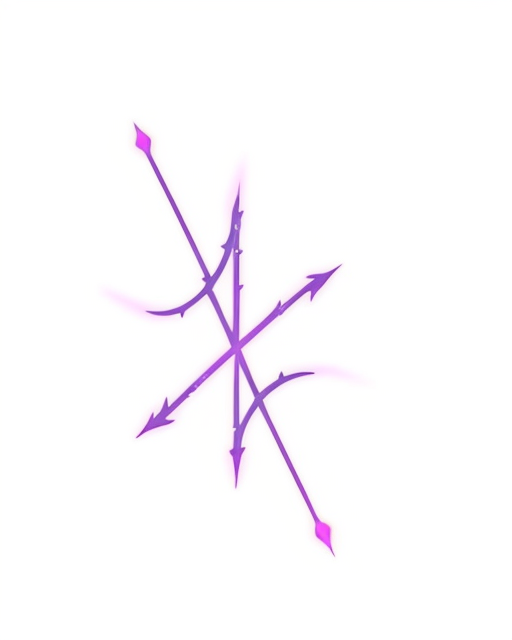 x
x
Welcome to Day One of our journey toward becoming both shadow and light, where we explore the intricate dance that lies within the balance of these dualities. In this blog post, we'll delve into the necessity of shadow work, the significance of hosting both light and dark before the throne of mercy, and the importance of grounding our explorations in scholarly rigor. As we navigate this path, we must be mindful of the scrutiny that can come from misunderstanding our practices, particularly in a world where experiences can be easily dismissed.
## Embracing the Light and the Dark: The Need for Shadow Work
Shadow work is a term used to describe the process of exploring the unconscious parts of ourselves that we often ignore or suppress—those aspects that can manifest as fears, doubts, or negative patterns. This work is essential in Christopagan beliefs, drawing from both Christian and Pagan traditions, as it aligns with the concept of *Kenosis*, or the act of emptying oneself to allow for divine grace and transformation to occur.
In a Trinitarian framework, one can liken the process of shadow work to the relationship between the Father, Son, and Holy Spirit. Each aspect is distinct yet intertwined, just as our light and shadow selves are connected. By acknowledging our shadow, we can better understand our light, creating a holistic approach to spiritual growth. Renowned psychologist Carl Jung emphasized the importance of this journey, stating, "One does not become enlightened by imagining figures of light, but by making the darkness conscious" (Jung, C.G. *Psychological Aspects of the Persona*).
## The Accusation of False Teaching: Being Prepared
In our quest to integrate shadow work into our spiritual practice, we must uphold the integrity of our teachings. As practitioners who tread the fine line between tradition and personal experience, we may encounter accusations of false teaching or misunderstandings about our approaches. To mitigate this, we will rely on scholarly sources and well-cited information to bolster our beliefs.
For instance, when discussing shadow work within the framework of Christopaganism, texts like “The Christopagan Toolkit” by Christy L. Dorrity can provide foundational insights into how these practices converge (Dorrity, C.L. *The Christopagan Toolkit*). Notably, we can point to the pagan concept of *Awen*, or divine inspiration, as a complementary principle that transcends traditional dichotomies of good and evil.
## Hosting Shadow and Light: The Throne of Mercy
By standing before the throne of mercy, we accept our wholeness—both light and dark. This space is sacred, allowing us to witness our full selves without judgment. In a Christopagan context, we recognize that mercy embodies the divine understanding that we are all works in progress. By being transparent in our practices, we honor this sacred space and invite others to embrace their complexities.
As we embark on this shadow work-heavy journey, we remind ourselves that every encounter with darkness provides an opportunity for alchemical transformation. We can draw upon the wisdom of practices grounded in the natural world, learning from indigenous models of healing that recognize the necessity of balance.
## The "Harm None" Ethos as a Shamaness
A question often arises: how do we navigate the “Harm None” rule as practitioners and shamans? This principle, foundational in Wiccan ethics, speaks to the intention behind our actions. It suggests an inherent understanding that whatever energy we send out is what we will attract back into our lives.
Nonetheless, we must recognize that life often brings conflict. As shamans, we are not meant to avoid the struggle, but rather to transmute it. The energy of an aggressor, if directed toward us, must be met with a powerful but loving response. Through shamanic divine alchemy, we can convert that negative energy into pure love and intention. Like sacred fire, we have the ability to transform what could harm us into something uplifting.
To illustrate this notion, we can look to the teachings of Sandra Ingerman, a prominent voice in contemporary shamanism, who asserts that the work of the shaman is to cultivate healing by reclaiming our power and sending love into the world (Ingerman, S. *Soul Retrieval: Mending the Fragmented Self*).
## Conclusion
As we embark on this transformative journey of shadow and light, it’s vital to maintain ethical integrity and scholarly discipline in our practices. The exploration of light and dark is not simply an academic pursuit but a deeply personal one. By embracing all aspects of ourselves before the throne of mercy, we empower ourselves and those we encounter along the way.
Let this first day serve as a reminder to us all: To dance with both our light and shadow is to honor our wholeness, and within this sacred embrace lies the potential for profound transformation.
---
**References:**
1. Dorrity, Christy L. *The Christopagan Toolkit*. 2011.
2. Ingerman, Sandra. *Soul Retrieval: Mending the Fragmented Self*. 1991.
3. Jung, Carl G. *Psychological Aspects of the Persona*. In *Psychological Types*, 1921.
Let’s continue this journey together, holding both our shadows and lights with love and understanding.
ns216.73.216.94da2

































